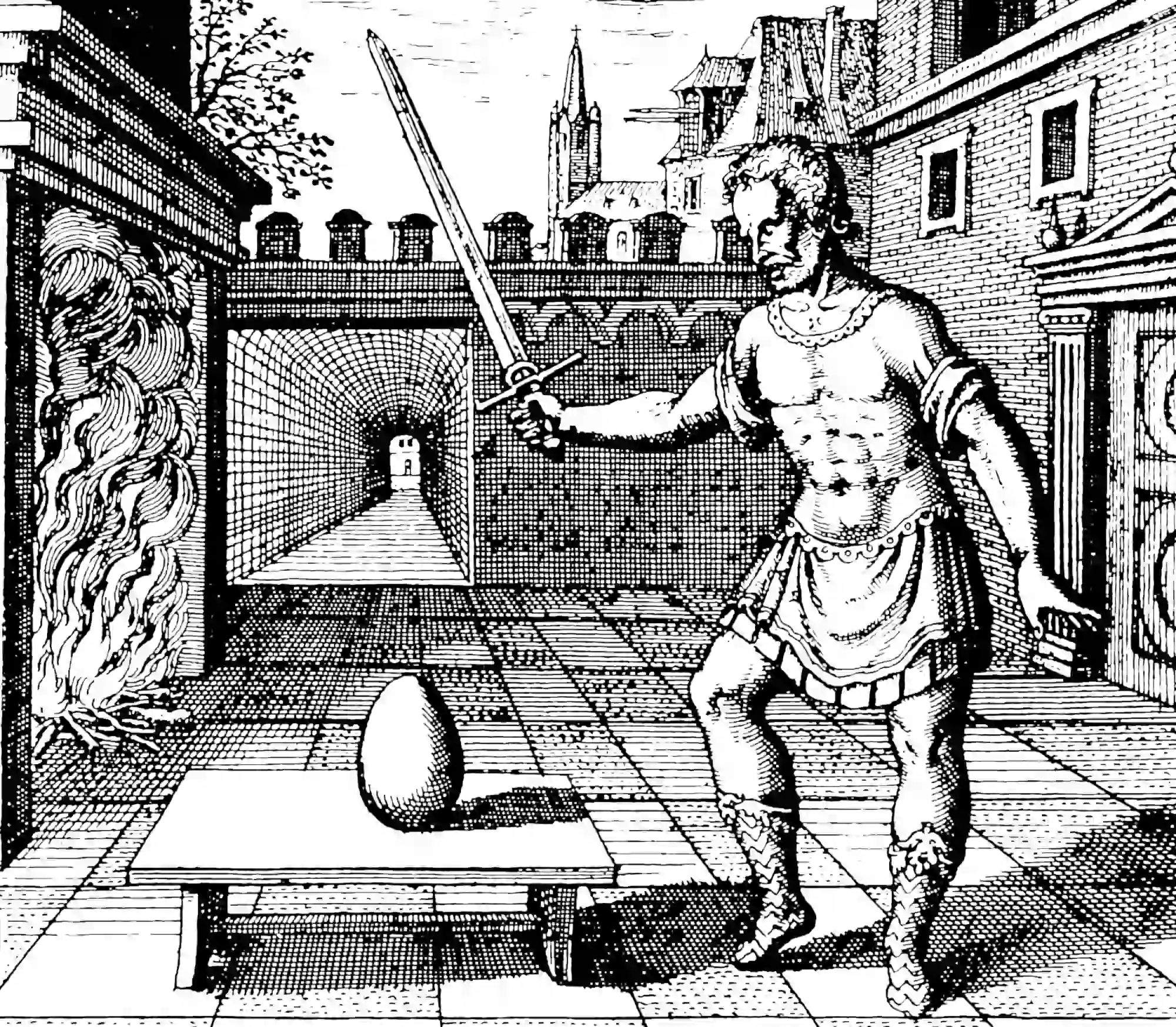Linear algebra
If the thing is twice as big, the transformed version of the thing is also twice as big. {End}
2011-04-06 — 2024-01-26
Wherein the foundations of linear algebra are surveyed, and the singular value decomposition is invoked so that linear maps are exhibited as data-approximation operators, with a brief note on Moore–Penrose pseudoinverses.
Oh! The hours I put into studying the taxonomy and husbandry of matrices. Time has passed. I have forgotten much. Jacobians have begun to seem downright Old Testament.
And when we put the various operations of matrix calculus into the mix (derivative of trace of a skew-Hermitian heffalump painted with a camel-hair brush), the combinatorial explosion of theorems and identities is intimidating.
Things I need:
1 Basic linear algebra intros
Jacob Ström, Kalle Åström, and Tomas Akenine-Möller, Immersive Math is “The world’s first linear algebra book with fully interactive figures.”
Kevin Brown on Bras, Kets, and Matrices
Stanford CS229’s Linear Algebra Review and reference (PDF)
Fun: Tom Leinster, There are no non-trivial complex quarter turns but there are real ones, i.e.
for a linear operator T on a real inner product space,
\[ \langle T x, x \rangle = 0 \,\, \forall x \,\, \iff \,\, T^\ast = -T \]
whereas for an operator on a complex inner product space,
\[ \langle T x, x \rangle = 0 \,\, \forall x \,\, \iff \,\, T = 0. \]
Cool.
Sheldon Axler’s Down with Determinants!. (Axler 1995) is a readable and intuitive introduction for undergrads:
Without using determinants, we will define the multiplicity of an eigenvalue and prove that the number of eigenvalues, counting multiplicities, equals the dimension of the underlying space. Without determinants, we’ll define the characteristic and minimal polynomials and then prove that they behave as expected. Next, we will easily prove that every matrix is similar to a nice upper-triangular one. Turning to inner product spaces, and still without mentioning determinants, we’ll have a simple proof of the finite-dimensional Spectral Theorem.
Determinants are needed in one place in the undergraduate mathematics curriculum: the change of variables formula for multi-variable integrals. Thus at the end of this paper we’ll revive determinants, but not with any of the usual abstruse definitions. We’ll define the determinant of a matrix to be the product of its eigenvalues (counting multiplicities). This easy-to-remember definition leads to the usual formulas for computing determinants. We’ll derive the change of variables formula for multi-variable integrals in a fashion that makes the appearance of the determinant there seem natural.
He wrote a whole textbook on this basis, (Axler 2014).
a handy glossary is Mike Brooks’ Matrix reference manual
Singular Value Decomposition series, for its insight:
Most of the time when people talk about linear algebra (even mathematicians), they’ll stick entirely to the linear map perspective or the data perspective, which is kind of frustrating when you’re learning it for the first time. It seems like the data perspective is just a tidy convenience, that it just “makes sense” to put some data in a table. In my experience the singular value decomposition is the first time that the two perspectives collide, and (at least in my case) it comes with cognitive dissonance.
Nigh Higham presents the Moore-Penrose pseudoinverse as a member of a family of pseudoinverses, Updated
2 Linear algebra and calculus
The multidimensional statistics/control theory workhorse.
See matrix calculus.
3 Multilinear Algebra
Oooh you are playing with tensors? I don’t have a bunch to say but here is a compact explanation of Einstein summation, which turns out to be as simple as it needs to be, but no simpler.
4 Fun tricks
John Cook on Sam Walter’s theorem on convex functions of eigenvalues and diagonals.
5 Eigenvectors-from-eigenvalues
6 Incoming
- Intro to Lattices Continued: Matrices!
- James Propp, What is a Matrix? is a beautiful introduction to matrices via Fibonacci and Cayley and ancient Chinese arithmetic
